Red Sea The Red Sea is >>
Red Sea
The Red Sea is the world’s northernmost tropical sea and is also one of the most heavily traveled waterways. This sea has a surface area of roughly 438,000 km2 and is about 2,250 km in length. The maximum width of the sea is 355 km, and the sea’s deepest point is 3,040 m at the central Suakin Trough, with the sea’s estimated average depth being 490 m. The Red Sea is a Global 200 Ecoregion, and underlying it is the Red Sea Rift, which makes it a part of the Great Rift Valley.
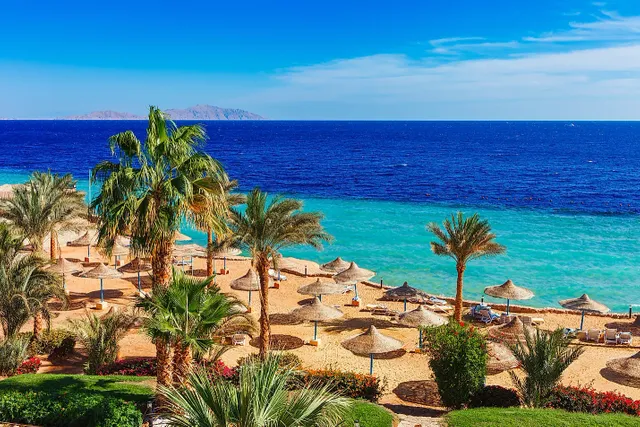 Where Is The Red Sea?
Where Is The Red Sea?
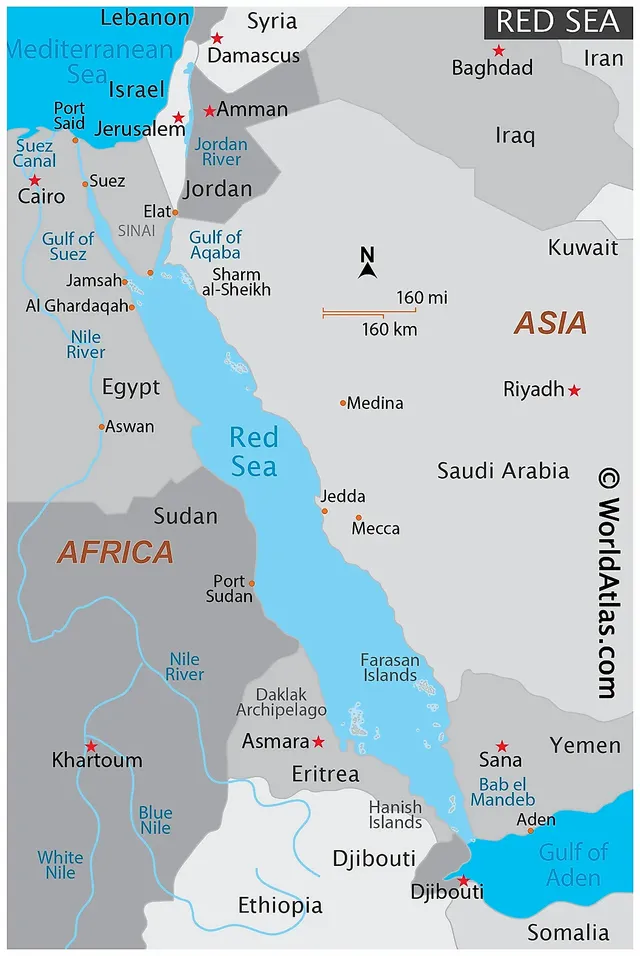 The Red Sea is a semi-enclosed, inlet (or extension) of the Indian Ocean between the continents of Africa from Asia. It is connected to the Arabian Sea and the Indian Ocean to the south through the Gulf of Aden and the narrow strait of Bab el Mandeb. The northern portion of the Red Sea is bifurcated by the Sinai Peninsula into the Gulf of Aqaba and the Gulf of Suez, where it is connected to the Mediterranean Sea via the famous Suez Canal.
The Red Sea is a semi-enclosed, inlet (or extension) of the Indian Ocean between the continents of Africa from Asia. It is connected to the Arabian Sea and the Indian Ocean to the south through the Gulf of Aden and the narrow strait of Bab el Mandeb. The northern portion of the Red Sea is bifurcated by the Sinai Peninsula into the Gulf of Aqaba and the Gulf of Suez, where it is connected to the Mediterranean Sea via the famous Suez Canal.
A total of 6 countries of Asia and Africa, border the Red Sea. The countries of Yemen and Saudi Arabia border the Red Sea to the east. The Red Sea is bordered by Egypt to the north and west, and by Sudan, Eritrea, and Djibouti to the west. The Gulf of Aqaba is bordered by Egypt along with Israel, Jordan, and Saudi Arabia. Besides these 6 countries, some other areas including Somalia are also often recognized as Red Sea Territories, due to their proximity to the sea and the geographical similarities with the countries that border the Red Sea.Origin Of The Name
There are several theories regarding the origin of the name of the Red Sea. One popular theory gives credit to the seasonal blooms of a red-colored cyanobacteria alga -Trichodesmium erythraeum which gives the sea a reddish-brown color. The name ‘Red Sea’ is a direct translation of its Greek name – Erythra Thalassa. The Europeans also once referred to it as the Erythraean Sea.Some of the modern scholars believe that certain Asiatic languages used color words to denote the cardinal directions, where the word red refers to the south direction of the compass, just as the Black Sea’s name alludes to the north direction. An ancient reference to the Red Sea also comes from the Biblical account of the Israelites miraculously crossing the Red Sea. The Septuagint translation of the Book of Exodus from Hebrew to Koine Greek translates the ‘Yam Suph’ as ‘Erythra Thalassa’ (Red Sea).The Climate Of The Red SeaThe warm waters of the Red Sea are great for swimming, snorkeling, and diving activities.The climate of the Red Sea is influenced by two monsoon seasons namely the northeasterly monsoon and the southwesterly monsoon. During summer, the average surface temperature of the Red Sea is about 26°C on the northern side and about 30°C on the southern side. During the winter months, the temperature decreases slightly by about 2°C. There is extremely low rainfall averaging 0.06m annually in this area, and desert dust storms occasionally sweep across the sea. Owing to the high surface water temperatures, the Red Sea is one of the world’s warmest seas.
The high heat together with the lack of precipitation facilitates high levels of evaporation, leading to the high salinity of the Red Sea. It has been estimated that the salinity of the sea ranges from 36% on its southern side to about 41% on its northern side.Islands In The Red Sea>>There are more than a thousand volcanic islands in the Red Sea. The two largest island groups are located in the southern part, while the Farasan Islands lie in the east and the Dahlak Archipelago with more than 350 islands lie in the western part of the Red Sea. Some well-known islands include Tiran Island, which is located near the mouth of the Gulf of Aqaba, and the Shadwan Island, which is located at the entrance of the Gulf of Suez. Situated in the northern part of the Red Sea, the Al Wajh Bank is known for its unique biodiversity. Several of the Red Sea Islands including Kamaran, Perim, Hanish, and Socotra are controlled by Yemen.The rich ecosystem of the Red Sea supports a high biological diversity that also has a high proportion of endemic species. The extensive network of shallow shelves of the Red Sea plays host to at least 1,000 species of invertebrates, 200 hard and soft corals, and more than 1,200 fish species. It has been estimated that about 14.7% of the Red Sea fishes are endemic species, which makes the Red Sea – one of the topmost areas for high fish endemism in the world.
Researchers have found that about 90% of the fishes are Red Sea dottybacks – which belong to the Pseudochromidae family and the triple fins fish – which belong to the Tripterygiidae family. More than 50% of the Red Sea butterflyfishes belonging to the Chaetodontidae family are endemic species. In addition to this, about 175 nudibranchs and 44 shark species are also found in the Red Sea.The shallow water depths and efficient water circulation patterns contribute to the thriving coral reefs of the Red Sea. These reefs are recognized to be one of the world’s longest continuous living coral reefs that are unique for their adaptation to high temperatures and high salinity. The fringing coral reefs extend for about 2,000km around the coastline, and most of these reefs are primarily formed of the stony Acropora and porites corals which have been estimated to be about 5,000-7,000 years old. These scleractinian corals show a higher resilience to the changing climate compared to the other corals in different parts of the world, and thus makes the Red Sea – a valuable natural laboratory to study the effects of a warming ocean on the reef ecosystems. The Red Sea region also supports other marine habitats like seagrass beds, mangroves, salt marshes, and salt pans.
The incredible biodiversity of the Red Sea led to the establishment of the Ras Mohammed National Park in 1983 by the Government of Egypt. Situated on the southern edge of the Sinai Peninsula, this marine park helps in protecting the marine wildlife and lush reefs from the expanding population, coastal developments, and unsustainable fishing practices.Brief History
The first known exploration expeditions of the Red Sea area were first conducted by the ancient Egyptians around 2,500 BC and 1500 BC. The Septuagint translation of the Biblical Book of Exodus revealed a story of the Israelites' miraculous escape by crossing the ‘Yam Suph’ (Red Sea). Darius I of Persia in the 6th century BCE, had made the Red Sea a part of his navigation project, to improve and extend navigation by locating several hazardous rocks and currents. From the northern end of the Red Sea and the River Nile, a canal was built at Suez. Alexander the Great in the late 4th century B.C., had sent naval expeditions through the Red Sea to the Indian Ocean. As mentioned in the book titled, “Periplus of the Erythrean Sea”, it was Hippalus – a Greek navigator, who first found a direct route to India via the Red Sea.
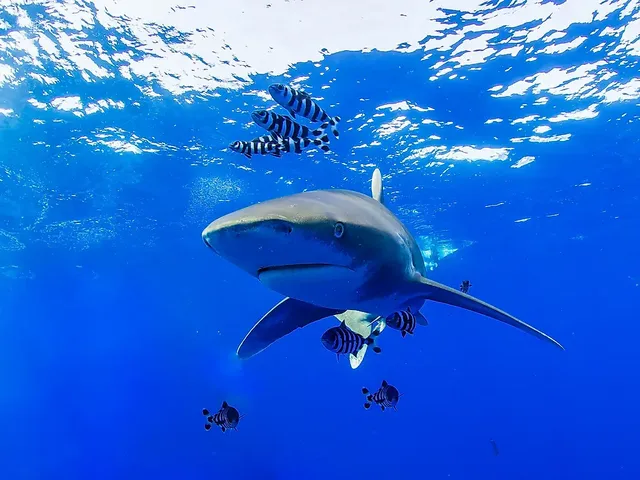
Marine Life And Protected Areas
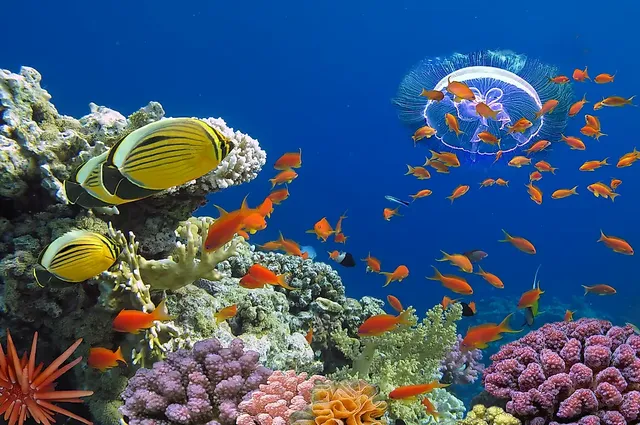
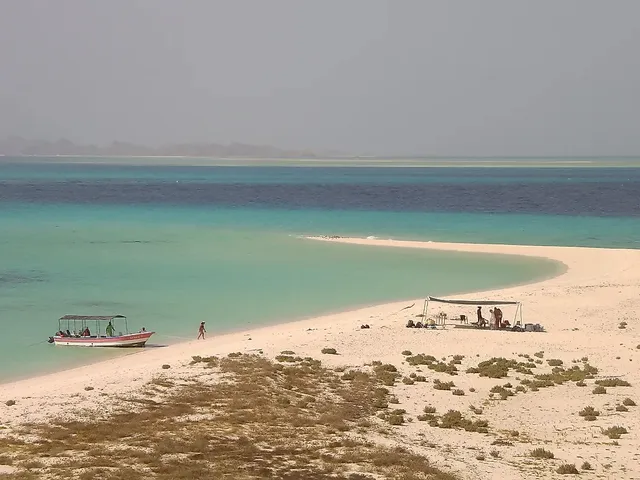
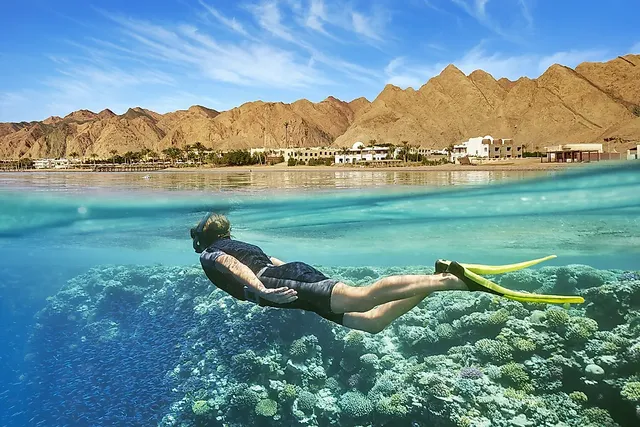 Human Settlements Along The Red Sea
Human Settlements Along The Red Sea
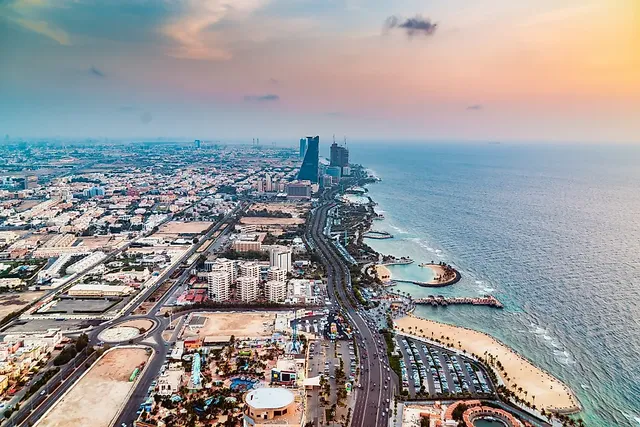 The Red Sea shares its marine waters with countries like Egypt, Jordan, Israel, Saudi Arabia, Yemen, Sudan, Eritrea, and Djibouti. About 150 million people reside in these countries. The coastline also contains some of the highest population centers including Jeddah, Port Sudan, and the rapidly developing cities of Massawa, Eliat, Aqaba, and Al Hodeidah. However, many of these countries suffer from violence, instability, corruption, and tyranny. The country of Egypt has about 1,500km long coastline along the Red Sea and is also famous for recreational activities that attract many tourists to enjoy diving at different sites like Ras Mohammed, Daedalus Reef, Elphinstone Reef, St. John’s Reef, The Brothers, and Rocky Island. Some famous resorts in the area include the Hurghada, Marsa Alam, Safaga, El Gouna, Dahab, and Taba.The Red Sea forms a critical artery for the world’s economy. The coral reefs of the Red Sea provide food and support the livelihood of over 28 million people that reside along the coasts. Annual revenue of about US$230 million is earned from fisheries alone while about US$12 billion comes from tourism. The unique coral reefs of the Red Sea also serve as rich sources of medicine and natural products. Some major types of mineral resources that are found here include gypsum, dolomite, halite, phosphates, and sulfur. Numerous commercial endeavors and industrial developments are also carried out by nations that are located along the Red Sea for the exploration of oil and natural gas deposits.
The Red Sea shares its marine waters with countries like Egypt, Jordan, Israel, Saudi Arabia, Yemen, Sudan, Eritrea, and Djibouti. About 150 million people reside in these countries. The coastline also contains some of the highest population centers including Jeddah, Port Sudan, and the rapidly developing cities of Massawa, Eliat, Aqaba, and Al Hodeidah. However, many of these countries suffer from violence, instability, corruption, and tyranny. The country of Egypt has about 1,500km long coastline along the Red Sea and is also famous for recreational activities that attract many tourists to enjoy diving at different sites like Ras Mohammed, Daedalus Reef, Elphinstone Reef, St. John’s Reef, The Brothers, and Rocky Island. Some famous resorts in the area include the Hurghada, Marsa Alam, Safaga, El Gouna, Dahab, and Taba.The Red Sea forms a critical artery for the world’s economy. The coral reefs of the Red Sea provide food and support the livelihood of over 28 million people that reside along the coasts. Annual revenue of about US$230 million is earned from fisheries alone while about US$12 billion comes from tourism. The unique coral reefs of the Red Sea also serve as rich sources of medicine and natural products. Some major types of mineral resources that are found here include gypsum, dolomite, halite, phosphates, and sulfur. Numerous commercial endeavors and industrial developments are also carried out by nations that are located along the Red Sea for the exploration of oil and natural gas deposits.
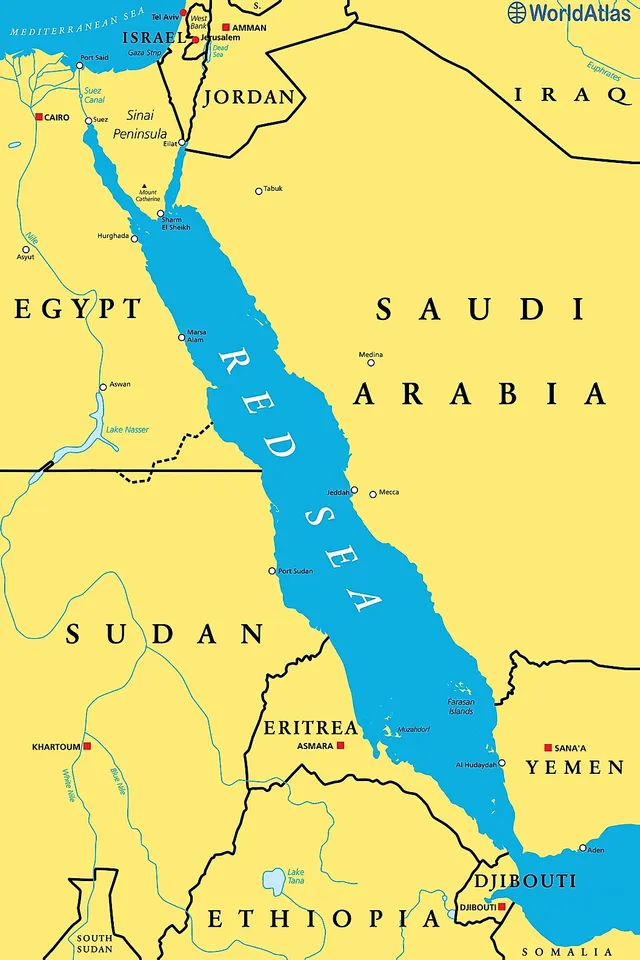
Economy
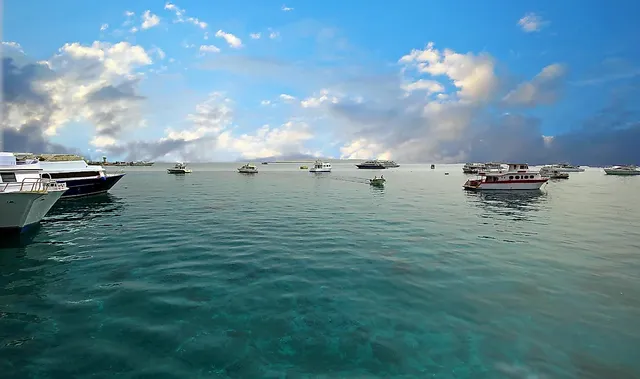
Warning,
This user was downvoted or is blacklisted likely due to farming, phishing, spamming, ID theft, plagiarism, or any other cybercrime operations. Please do your due diligence before interacting with it.
If anyone believes that this is a false flag or a mistake, consider reaching the watchers on Discord.
Thank you,
sorry. i never do again